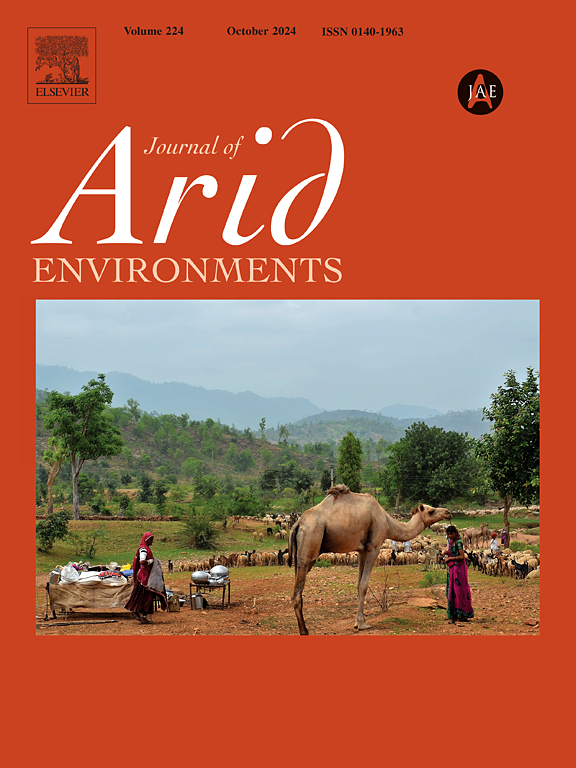巴西东北部半干旱区保护区景观对狩猎的影响
IF 2.5
3区 环境科学与生态学
Q2 ECOLOGY
引用次数: 0
摘要
狩猎为数百万人提供了重要的资源和收入,特别是在生物多样性丰富的发展中国家。有几个因素影响狩猎,包括目标物种的生态、个人偏好、种群的食物禁忌和景观特征。本研究旨在确定巴西塞拉多保护区塞特Cidades国家公园(PARNA)的偷猎策略和景观对偷猎的影响。从官方报告中收集的数据显示,侵害野生动物的违法行为占通知的第三大类,但只有两类与狩猎活动有关。在PARNA上绘制非法狩猎痕迹,确定了包括tocaia和ceva(研究地区使用的狩猎策略)在内的5类21种狩猎痕迹,表明狩猎与灌木形成的百分比和密度之间存在关系。景观多样性与狩猎强度之间没有相关性。然而,在地图上的偷猎痕迹、道路和旧的偷猎路线之间发现了可能的联系。在绘制的狩猎痕迹数量与违反PARNA的通知数量之间存在差异,这表明需要增加检查,特别是在南部。本文章由计算机程序翻译,如有差异,请以英文原文为准。
Effect of the landscape on hunting in a conservation area in the semiarid region of northeastern Brazil
Hunting provides important resources and incomes for millions of people, especially in biodiversity-rich developing countries. Several factors, including the ecology of the target species, personal preferences, food taboos of populations, and landscape features, influence hunting. This study aimed to define the poaching strategies and landscape effects on poaching in the Sete Cidades National Park (PARNA), a conservation unit in the Brazilian Cerrado. Data collected from official reports showed that infractions against wildlife represented the third-largest category of notices, but only two were related to hunting activity. Mapping traces of illegal hunting on the PARNA identified 21 hunting traces under five categories, including the tocaia and ceva (hunting strategies used in the study region), suggesting a relationship between hunting and the percentage and density of shrub formations. No correlation was found between the landscape diversity and hunting intensity. However, a possible association was found between mapped poaching traces, roads, and old poaching routes. A disparity was observed between the number of hunting traces mapped and the number of PARNA infraction notices, demonstrating the need to increase inspections, especially in the southern part.
求助全文
通过发布文献求助,成功后即可免费获取论文全文。
去求助
来源期刊

Journal of Arid Environments
环境科学-环境科学
CiteScore
5.70
自引率
3.70%
发文量
144
审稿时长
55 days
期刊介绍:
The Journal of Arid Environments is an international journal publishing original scientific and technical research articles on physical, biological and cultural aspects of arid, semi-arid, and desert environments. As a forum of multi-disciplinary and interdisciplinary dialogue it addresses research on all aspects of arid environments and their past, present and future use.
 求助内容:
求助内容: 应助结果提醒方式:
应助结果提醒方式:


